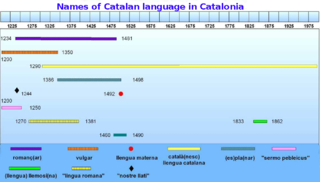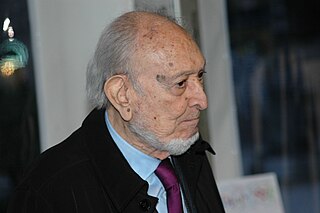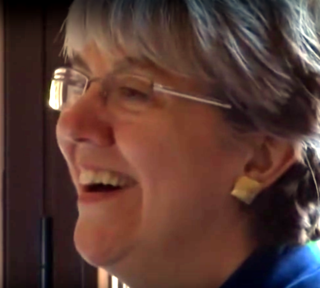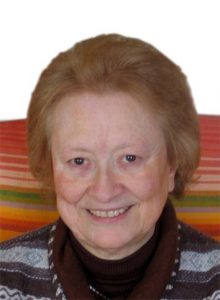
Catalan, known in the Valencian Community and Carche as Valencian, is a Western Romance language derived from Vulgar Latin. It is the official language of Andorra, and a co-official language with the Spanish language, of three autonomous communities in eastern Spain: Catalonia, the Valencian Community, and the Balearic Islands. It also has semi-official status in the Italian comune of Alghero. It is also spoken in the Pyrénées-Orientales department of France and in two further areas in eastern Spain: the eastern strip of Aragon and the Carche area in the Region of Murcia. The Catalan-speaking territories are often called the Països Catalans or "Catalan Countries".

Catalan cuisine is the cuisine from Catalonia. It may also refer to the shared cuisine of Roussillon and Andorra, the second of which has a similar cuisine to that of the neighbouring Alt Urgell and Cerdanya comarques and which is often referred to as "Catalan mountain cuisine". It is considered a part of western Mediterranean cuisine.

Palau de la Música Catalana is a concert hall in Barcelona, Catalonia, Spain. Designed in the Catalan modernista style by the architect Lluís Domènech i Montaner, it was built between 1905 and 1908 for Orfeó Català, a choral society founded in 1891 that was a leading force in the Catalan cultural movement that came to be known as the Renaixença. It was inaugurated on 9 February 1908.

Modernisme, also known as Catalan modernism and Catalan art nouveau, is the historiographic denomination given to an art and literature movement associated with the search of a new entitlement of Catalan culture, one of the most predominant cultures within Spain. Nowadays, it is considered a movement based on the cultural revindication of a Catalan identity. Its main form of expression was in architecture, but many other arts were involved, and especially the design and the decorative arts, which were particularly important, especially in their role as support to architecture. Modernisme was also a literary movement.

Josep Bargalló i Valls is a Spanish teacher and politician from Catalonia and the current Minister of Education of Catalonia.

Josep Carner i Puigoriol, was a Spanish poet, journalist, playwright and translator. He was also known as the Prince of Catalan Poets. He was nominated for the Nobel Prize in Literature seven times.

Catalunya Ràdio is Catalonia's public radio network. With headquarters in Barcelona, it is part of the Corporació Catalana de Mitjans Audiovisuals (CCMA), owned by the Generalitat de Catalunya.

Simona Škrabec is a Slovene literary critic, essayist and translator who lives and works in Barcelona. She spent her childhood in the small town of Ribnica in the region of Lower Carniola. She has lived in Barcelona since 1992. Skrabec has translated several books from Slovenian to Catalan and from Catalan to Slovenian. In addition to these two languages, she is fluent in Spanish, German, English, French, Serbian, and Croatian.

The first names, or glossonyms, of the Catalan/Valencian language formed in a dialectal relation with Latin, in which Catalan existed as a variety. These names already expressed the relationship between the two languages. New names that related Catalan to Rome came about to dignify the Catalan language in the thirteenth century, though Latinists called it vulgar and the people planus, or pla.

Josep Maria Nadal i Farreras is Professor of History of Language at the University of Girona.

Josep Maria Castellet Díaz de Cossío, also known as José María Castellet, was a Spanish Catalan writer, poet, literacy critic, publisher and editor.

Josep Coll i Martí, better known as Pep Coll, is a Spanish writer. A prolific author, he has cultivated all literary genres, including journalism. His life and literary world are the Pyrenees, which have become a legendary universe. His works have been translated into several languages, including Spanish and Basque. In addition to his work as a writer, he has been teacher of language and literature.

Ramon Corts i Blay is a historian priest educated at Theological Seminary of Barcelona. He was ordained in 1979 and currently belongs to the Roman Catholic Archdiocese of Barcelona.

Maria Mercè Roca i Perich is a Catalan writer and politician from Spain. She was deputy to the Parliament of Catalonia for Republican Left of Catalonia, and currently serves as a councillor at the City Council of Girona for the same party.
Josep Palomero i Almela is a Valencian linguist and vice-president of the Valencian Language Academy.
Frederic Raurell i Ges is a Catalan Capuchin. He is doctor in theology and graduated in biblical and Semitic studies.

Societat Civil Catalana is a Barcelona-based grass-roots organisation that was created in 2014 with the aim of promoting Catalonia’s union to Spain. Most of SCC activities seek to counter the Catalan independence movement. SCC was officially launched on 23 April 2014.

Maria Teresa Ferrer i Mallol was a Spanish medieval historian, who worked at the Institut Milà i Fontanals and Institut d'Estudis Catalans.

Mariàngela Vilallonga Vives is a Spanish professor of Latin philology at the University of Girona. Between 2017 and 2019 she was second vice-president of the Institute of Catalan Studies, an institution where she held several senior positions. On 25 March 2019 she became the minister of culture in the Quim Torra Government of the Generalitat de Catalunya. Her term as minister of culture ended on 3 September 2020.

Jesús Alturo i Perucho is a Catalan palaeographer, philologist and cultural historian.


















